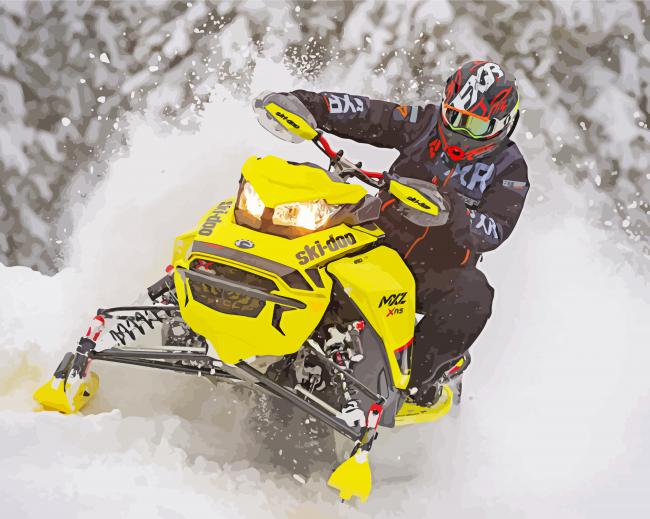Navigating the Snowscape in Essential Navigation Skills for Snowmobile Riders
Navigating the snowscape demands essential navigation skills for snowmobile riders, as they embark on an exhilarating journey through the winter wilderness. Mastery of these skills not only ensures a safer and more enjoyable experience but also contributes to responsible snowmobiling. One fundamental skill is map reading, where riders must familiarize themselves with the terrain, trails, and potential hazards. A comprehensive map provides critical information such as elevation changes, trail markers, and key landmarks. Understanding the map allows riders to plan routes, estimate distances, and identify areas of caution, enhancing their ability to navigate confidently. Another crucial skill is compass navigation, which serves as a reliable backup to electronic devices. In the cold and unpredictable winter environment, batteries can fail, making a compass an indispensable tool. Snowmobile riders should be adept at reading and interpreting a compass, using it to maintain a sense of direction even in challenging conditions such as low visibility or heavy snowfall. This skill not only prevents getting lost but also fosters self-reliance, a key element in the snowmobiling experience.

Snowmobile riders must also hone their ability to interpret trail markers, which vary in style and color. These markers convey vital information about trail conditions, intersections, and potential dangers. Familiarity with the meaning of different markers is essential for making informed decisions while navigating the snow-covered trails. Recognizing the significance of each marker helps riders stay on designated paths, avoid restricted areas, and navigate complex trail systems with ease. Furthermore, mastering terrain analysis is imperative for snowmobile enthusiasts. Understanding how the landscape influences snow conditions, such as wind patterns and avalanche-prone areas, allows riders to make informed decisions about route selection and speed. Awareness of potential hazards ensures a safer journey and minimizes the risk of accidents or getting stuck in challenging terrain. This skill requires a combination of experience, observation, and knowledge of local snow conditions.
In addition to these navigation skills, snowmobile riding for beginners should stay updated on weather forecasts. Weather conditions can change rapidly in winter, impacting trail conditions and visibility. Being aware of upcoming weather patterns enables riders to plan their trips accordingly, avoiding adverse conditions and ensuring a more enjoyable experience. In conclusion, mastering essential navigation skills is paramount for snowmobile riders venturing into the snowscape. Map reading, compass navigation, understanding trail markers, terrain analysis, and staying informed about weather conditions collectively contribute to a safe and rewarding snowmobiling experience. As riders embrace the challenges of the winter landscape, these skills not only enhance their navigation proficiency but also foster a deeper connection with the breathtaking and pristine environments they explore.